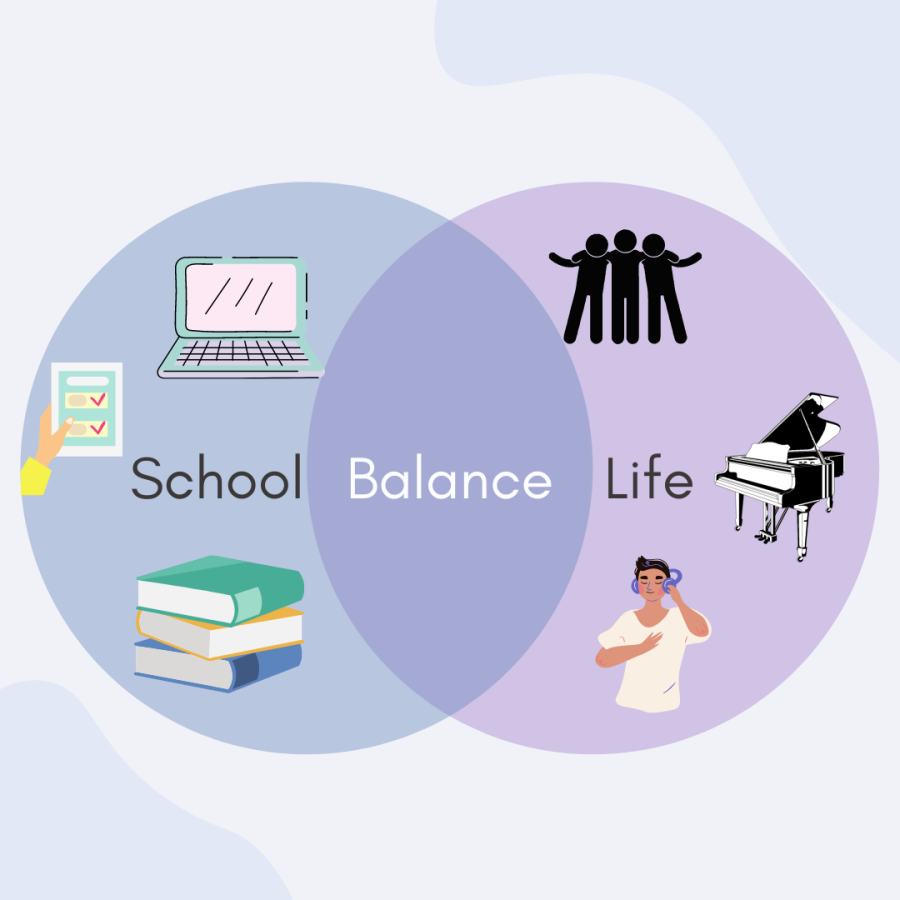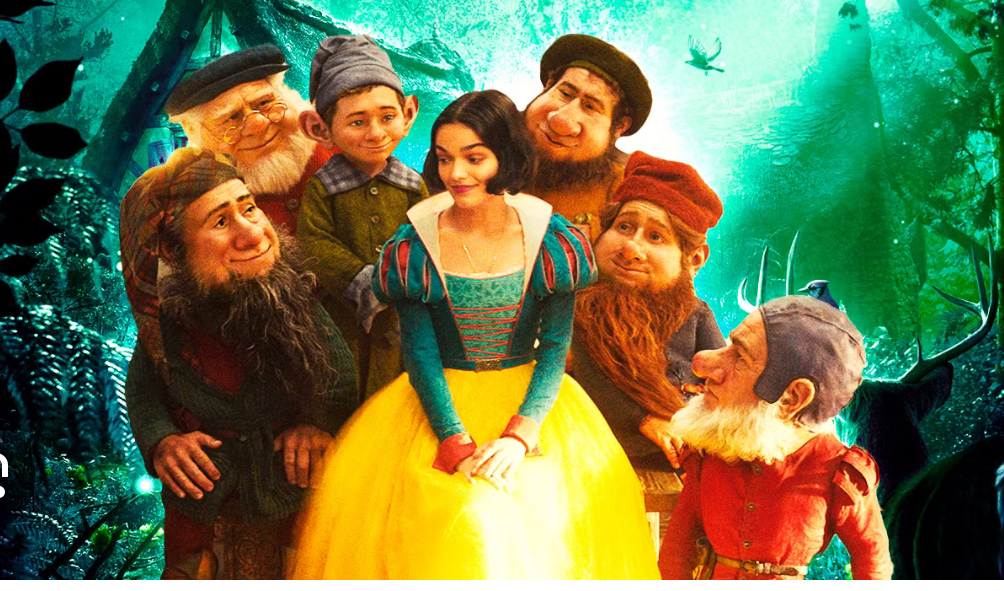The History of Saint Patrick’s Day
March 10, 2021
St. Patrick’s Day is a global holiday held on the day that St. Patrick died, March 17. St. Patrick’s Day has several well-known traditions: wear green, look for four leaf clovers and shamrocks, keep leprechauns away from your home, and eat corned beef and cabbage. However, there’s more to unpack besides leprechauns and shamrocks. Who exactly was St. Patrick, and when did his death become a globally celebrated holiday?
Surprisingly, St. Patrick is not Irish but was born in Roman Britain to a Christian family sometime during the fifth century. When he was 16-years-old, he was kidnapped by Irish pirates and brought to Ireland. His primary duty was to shepherd the sheep, far away from the rest of the community he was brought to. During this time, he turned to Christianity for hope and guidance.
After six long years, St. Patrick escaped Ireland, stating that he heard a voice from God telling him it was his time to leave. He walked nearly 200 miles away from County Mayo and to the Irish coast, where it is presumed he got on a ship set for Britain. Once he returned to Britain, he studied to become a priest, which he achieved after 15 years of study.
It is widely believed that St. Patrick introduced Christianity to the Irish, but that is not true. St. Patrick simply went to Ireland to convert the Irish peoples. St. Patrick also believed that God wanted him to convert the pagan Irish, so he returned to Ireland for his mission trip. He famously incorporated Irish culture with Christian teachings. For example, the shamrock was considered to be a sacred plant to the Irish, for it symbolized the coming of spring. St. Patrick used the shamrocks to teach about the Holy Trinity.
St. Patrick died around March 17, 461 and left behind a legacy to last a millennia.
St. Patrick’s Day is also known as one of the biggest celebration days throughout the world. The first St. Patrick’s Day parade was held on March 17, 1601, in a Spanish colony that is modern day St. Augustine, Florida. The next recorded St. Patrick’s Day parade was held by homesick Irish immigrants enrolled in the American military on March 17, 1772, in New York City. Anti-Irish sentiment was high in America, and the Irish wanted to show their power in numbers. Stemming from these annual parades, Irish morale grew in the United States, leading to America being the biggest country to celebrate St. Patrick’s Day until Ireland started to celebrate the holiday. Today, there are St. Patrick’s Day parades held all around the world, with the biggest being in New York, Chicago, Dublin, and Sydney.
Whether people celebrate this holiday for the cultural significance, or you just like to pinch people who aren’t wearing green, it can’t be denied that St. Patrick’s Day is a fun holiday for all ages. So, grab something green, look out for leprechauns, and have a Happy Saint Patrick’s Day!
Sources: History.com Editors. “History of St. Patrick’s Day.” History.com, A&E Television Networks, 27 Oct. 2009, www.history.com/topics/st-patricks-day/history-of-st-patricks-day.
Saint Patrick’s Day. 17 Jan. 2021, www.britannica.com/topic/Saint-Patricks-Day.




































